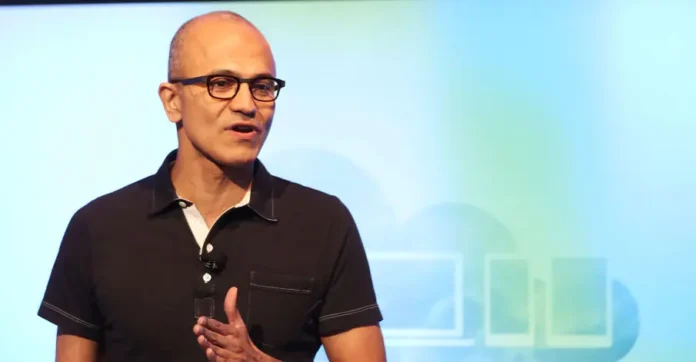
Satya Nadella has made Microsoft’s position crystal clear as he confirms the company now has access to all of OpenAI’s system-level IP, calling it a continuation of the deep tech exchange both companies have built over years of co-developing supercomputers. “We built it for them… and now as they innovate, even at the system level, we get access to all of it,” he said. Nadella emphasized that this long-standing collaboration ensures Microsoft remains tightly integrated with OpenAI’s latest technological advancements, allowing both organizations to scale AI infrastructure in lockstep.
In explaining how this shared IP pipeline influences Microsoft’s hardware roadmap, Nadella noted that it enables the company to evolve its Maia chips at a thoughtful, deliberate pace. Even with its custom silicon efforts, Microsoft continues to rely heavily on NVIDIA’s GPUs, which he described as the “general-purpose” engine powering AI workloads globally. He pointed out that “even Google’s buying NVIDIA, and so is Amazon,” signaling that market-wide dependence on NVIDIA will persist for some time. Nadella reiterated that Total Cost of Ownership will ultimately determine how any new accelerator, including Microsoft’s own, competes across hyperscale environments.
Meanwhile, OpenAI’s partnership with Broadcom to co-develop 10 gigawatts of custom AI accelerators marks a major expansion in the shared infrastructure strategy. According to Microsoft, these systems—designed jointly with OpenAI—will first be deployed by OpenAI itself before being integrated across Microsoft’s cloud operations. This approach ensures Microsoft benefits early from OpenAI’s bespoke hardware innovations while maintaining a consistent and scalable architecture for its global customer base.
Nadella stressed that Microsoft will continue building a tight feedback loop between its MAI models, cloud infrastructure, and future silicon plans. This alignment, he said, is essential for scaling mixed-chip environments worldwide, especially as AI workloads diversify and require increasingly specialized compute. The collaboration not only supports Microsoft’s long-term AI ambitions but also reinforces its strategic dependence on shared R&D, shared silicon development, and shared infrastructure with OpenAI—cementing one of the deepest technology partnerships in the industry today.





